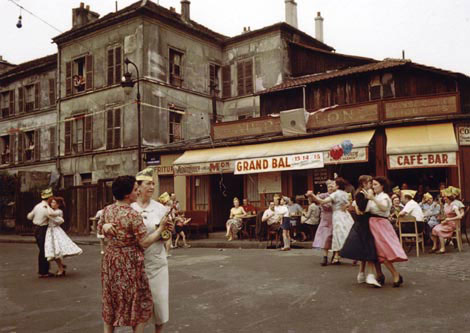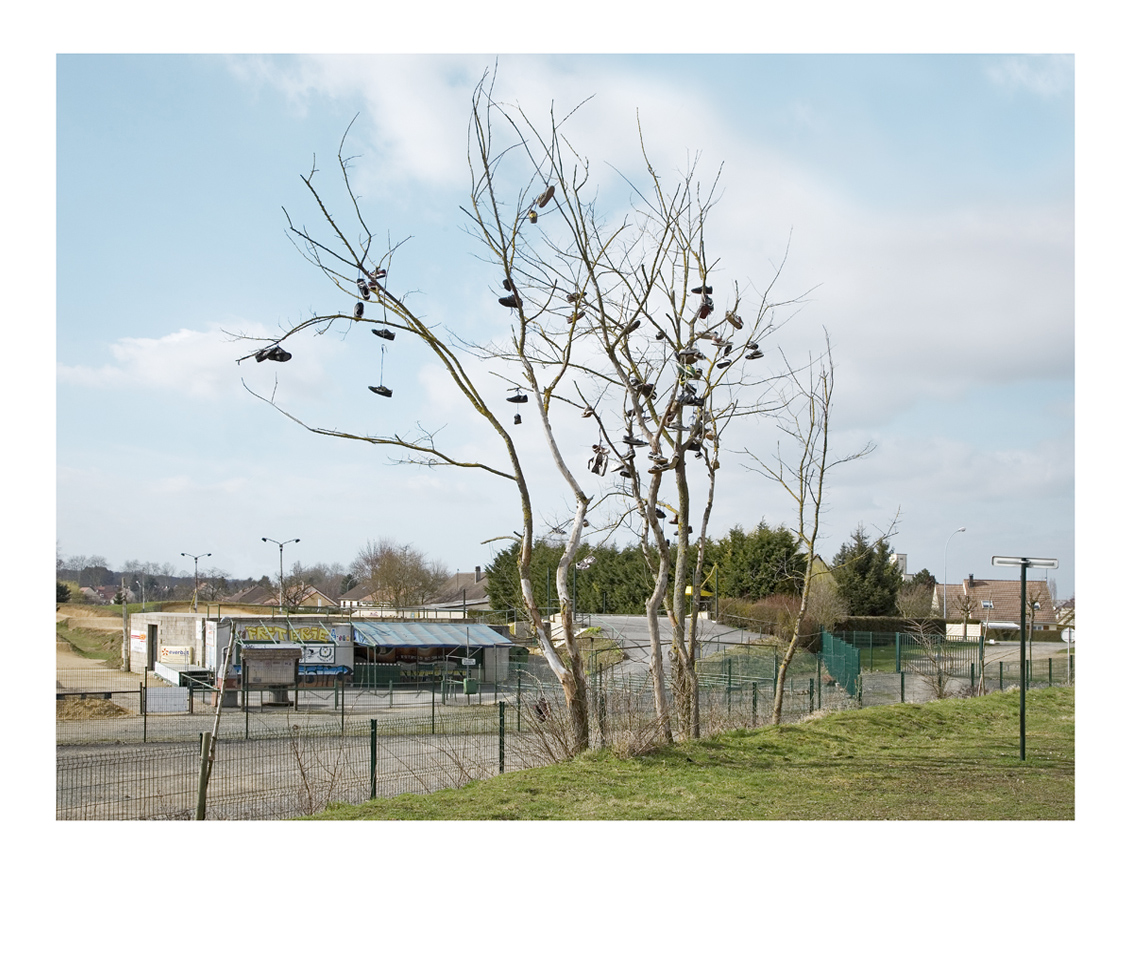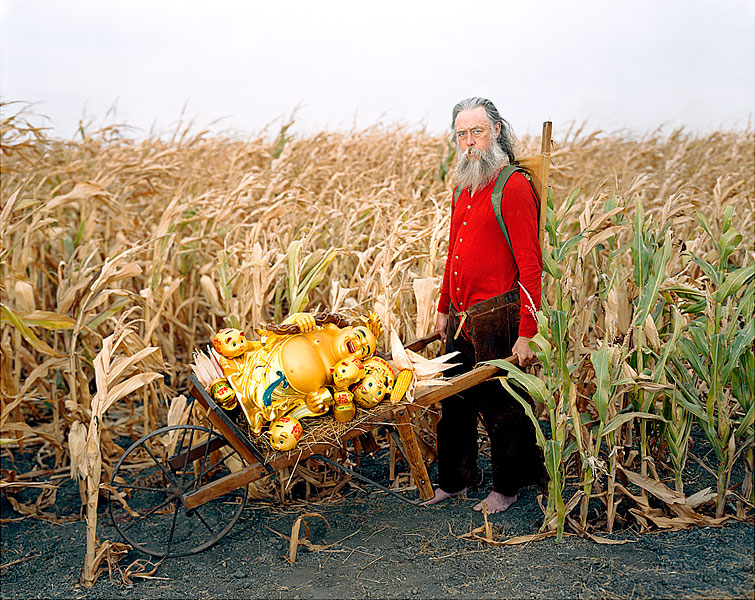After a lengthy blogging absence, Ferdinand Brueggeman has just posted an interview that he did for FOAM magazine with the curator and photo-historian, Mariko Takeuchi. Essential reading.
"La rentrée" in Paris: upcoming exhibitions
As Paris slowly drags itself out of its long summer slumber, I thought this would be a good time to draw up a list of a few of the forthcoming photography exhibitions to look out for when the city switches itself back on in the next couple of weeks.
- The Fondation Henri Cartier-Bresson in the 14th will be showing vintage work by August Sander taken from the collection of the SK Stiftung Kultur in Cologne. Sander was a master of the portrait and, with a lot of work that will be shown for the first time in Paris, this one should not be missed. From September 9th.
- Galerie Vu in the 4th will be showing work taken from the collaboration between Anders Petersen and JH Engström, From Back Home (the book won this year's Author Book Award at Arles and I recommend tracking it down if there are any copies left). Engström was Petersen's assistant in the early 90s and their photographic wanderings intertwine beautifully in this project. From September 11th.
- Vera Lutter will be having her first solo show at Galerie Xippas in the 3rd with work spanning the past ten years of her career. Lutter makes pin-hole cameras out of entire rooms and the resulting photographs of architectural and industrial landmarks are monumental in scale. From September 12th.
- For some more photographic portraiture, but in a totally different vein to Sander, Erwin Olaf will be exhibiting recent work taken from the series Laboral Escena at the Magda Danysz Gallery in the 11th. The work, inspired by the eponymic building in Gijon, Spain, consists of portraits in period costume reminiscent of "the classic paintings of the Spanish Gold century." Some of his work is a little too cold and metallic for my liking, but I am curious to see these. From September 12th.
- The Quai Branly Museum in the 7th is holding the second installment of its photography biennale, Photoquai. Although the first edition of this event did not exactly fulfill its potential, it still promises to be a good opportunity to discover work that doesn't make it onto the conventional photography circuit. From September 22nd.
- The blockbuster show of the the next few months promises to be the Pompidou's Subversion des images, a huge (over 400 pieces) overview of surrealist photography and film including work by Man Ray, Hans Bellmer, Claude Cahun, Raoul Ubac, Jacques-André Boiffard, Maurice Tabard, André Breton and Paul Eluard. This should make an excellent companion to the Bilder träume exhibition of surrealist painting and sculpture which is on in Berlin until November 22nd. From September 23rd.
- And finally, the Marais' Galerie Particulière is reopening today so you have another chance to catch Metropolis, a great exhibition of work taken from Michael Wolf's Architecture of Density and Transparent City series (I reviewed the show when it opened in July). Until September 26th.
Eric Tabuchi
Eric Tabuchi is fond of the typology. He likes trucks, road signs, mobile homes, monuments, flowers, ruins and countryside skateparks. He even did a book called Twentysix Abandoned Gasoline Stations, an extension of Ed Ruscha's Twentysix Gasoline Stations and a vision of our post-gasoline future. Although my attention span for typologies is shrinking by the day, I found a lot to enjoy on his website.
Olivier Laude Esq. etc.
I am thoroughly enjoying Olivier Laude's portraits for their inventiveness, unrestrained use of colour, and particularly for their all-around hilarity, something which there is just not enough of in contemporary photography. Special mention for his titles too.
Koji Onaka
Koji Onaka and his camera have been wandering around Japan—and sometimes further afield—for many years. In his 2007 book, Dragonfly, he writes:
"People often say to me, 'You're lucky that all you have to do is to go to places you like whenever you feel like it and when you're done taking photos as you stroll around, you can spend the rest of your time sitting back and drinking.' I agree with them 100 percent. I myself wonder how I can make a living from taking such useless photos as mine.
They are not astonishing scenes, nor are they taken with superb timing. They do not convey mistifying sensations or intense impressions. They do not have healing effects, but neither do they push away viewers. They are not difficult to understand, but they do not provide any definite answers. Much less are they stories or documentaries."
I think there is something very Japanese about Onaka's description of his photography. He does not feel the need to have a project, he isn't searching for the extraordinary, and I think he is sincere in his reductive description of his process. His words do not sell his images, quite the contrary. But the naturalness of his photographs is a quality that is very hard to achieve. I think this incredibly unselfconscious description could be considered an artist statement.
There is a lot of great work on his website, but unfortunately the scans of his colour images are less than perfect. I would suggest trying to get your hands on Dragonfly 2002-2007 (Tokyo: Tosei-Sha 2007) and its earlier companion volume Grasshopper 2001-2005 (Tokyo: Tosei-sha, 2006) to get a sense of his unique use of colour. For those of you who will be in Paris in the next few months, his work will also be included in a forthcoming group show at the Maison de la Culture du Japon (Japan Foundation) from October 2009 to January 2010.



